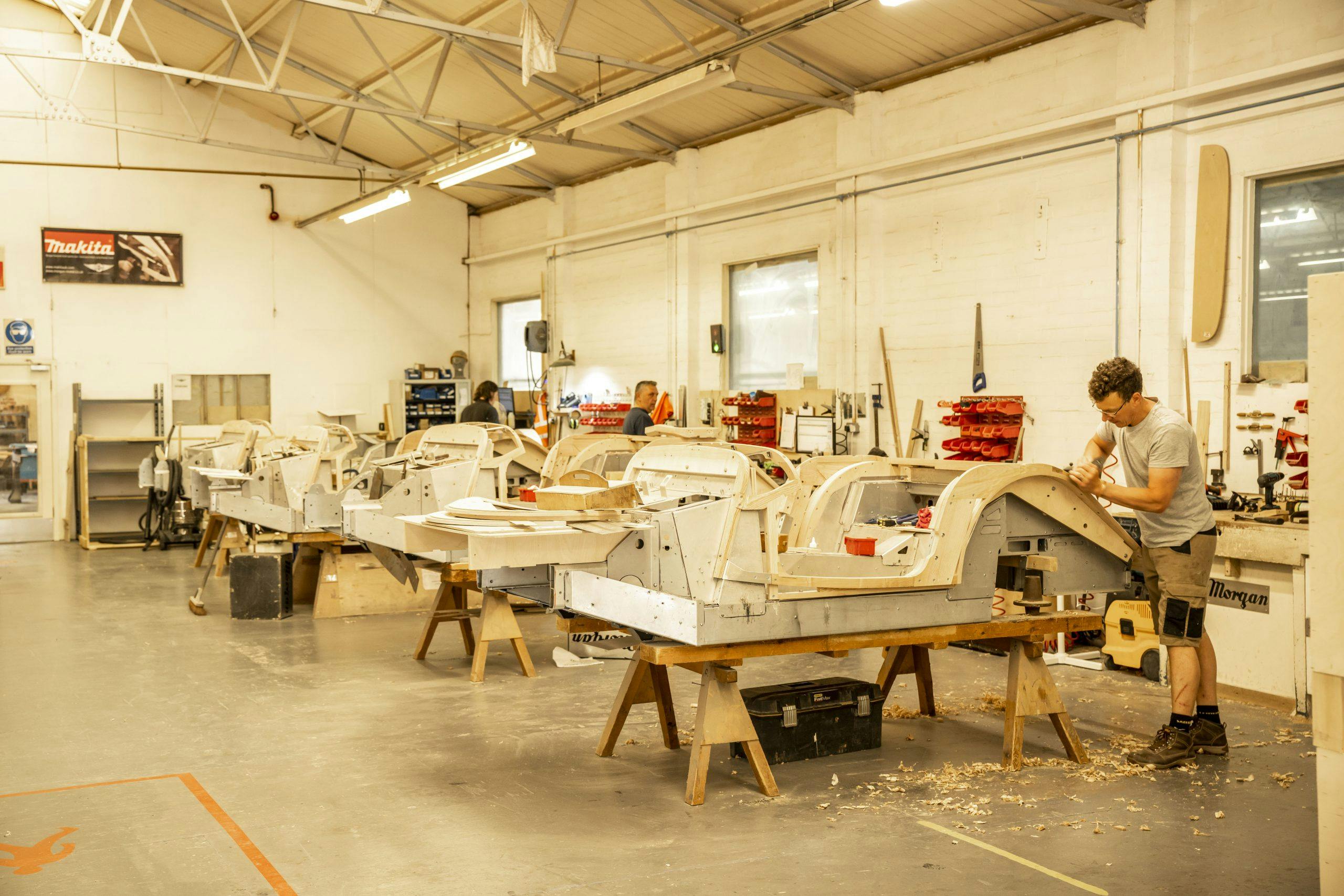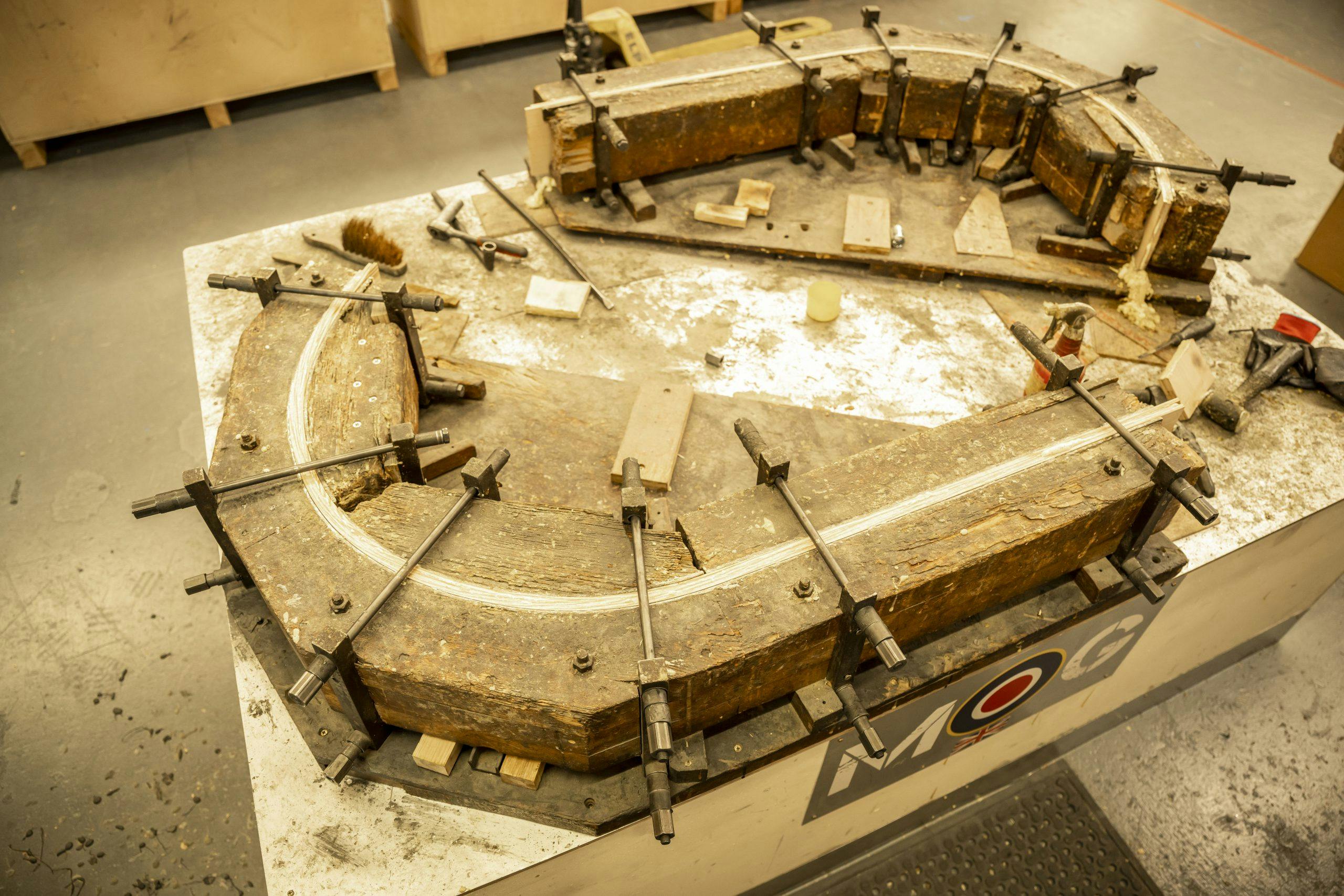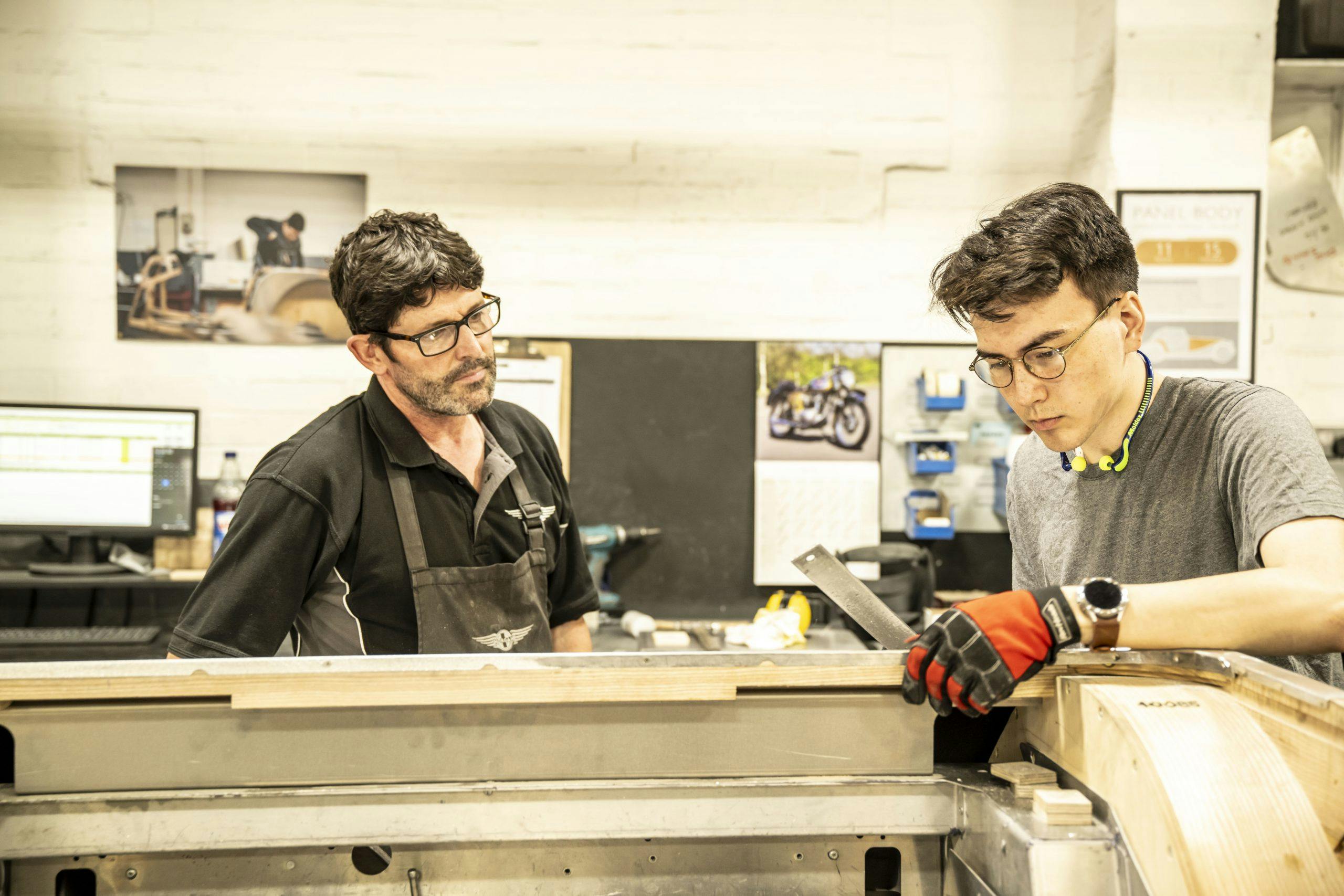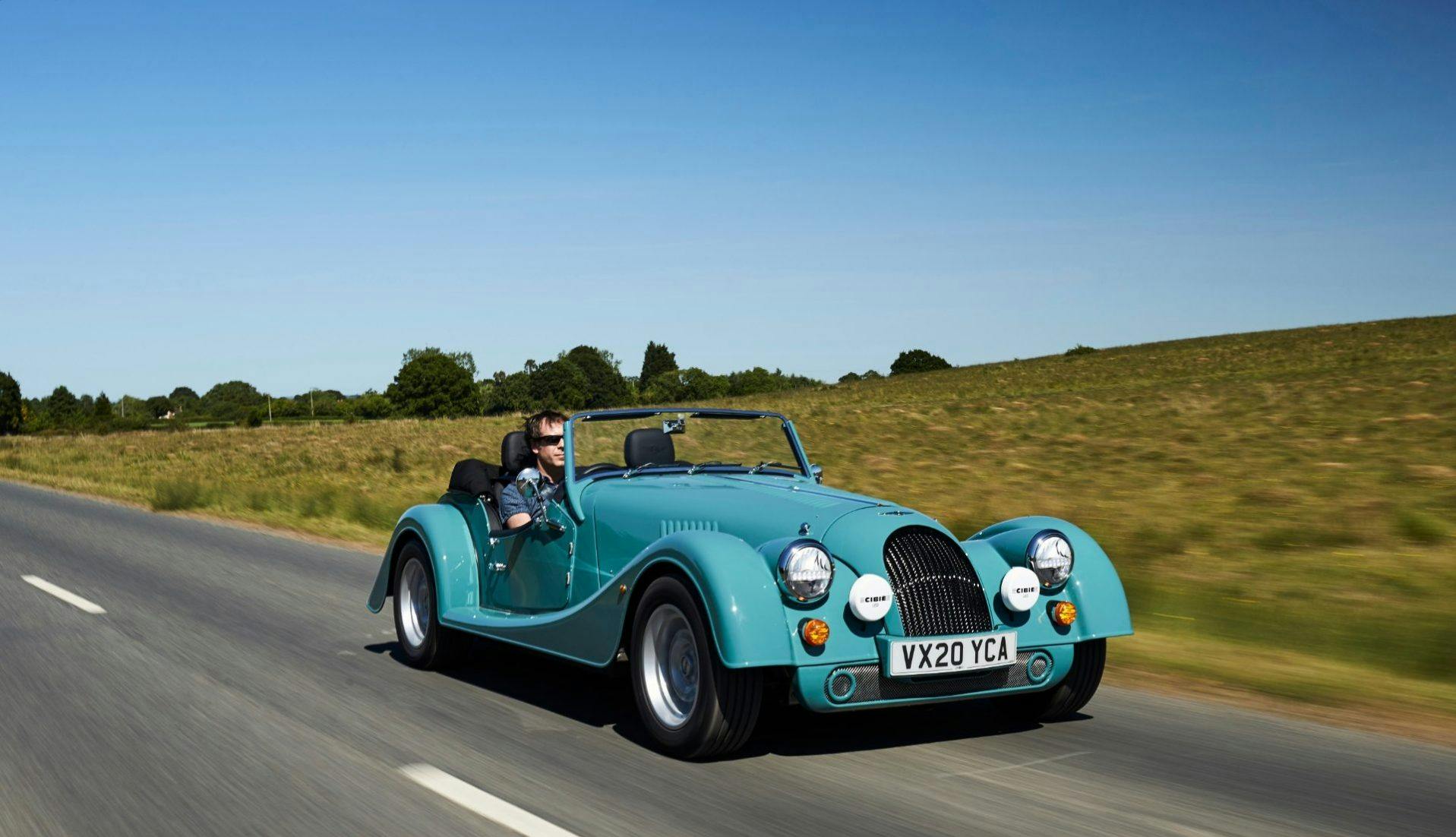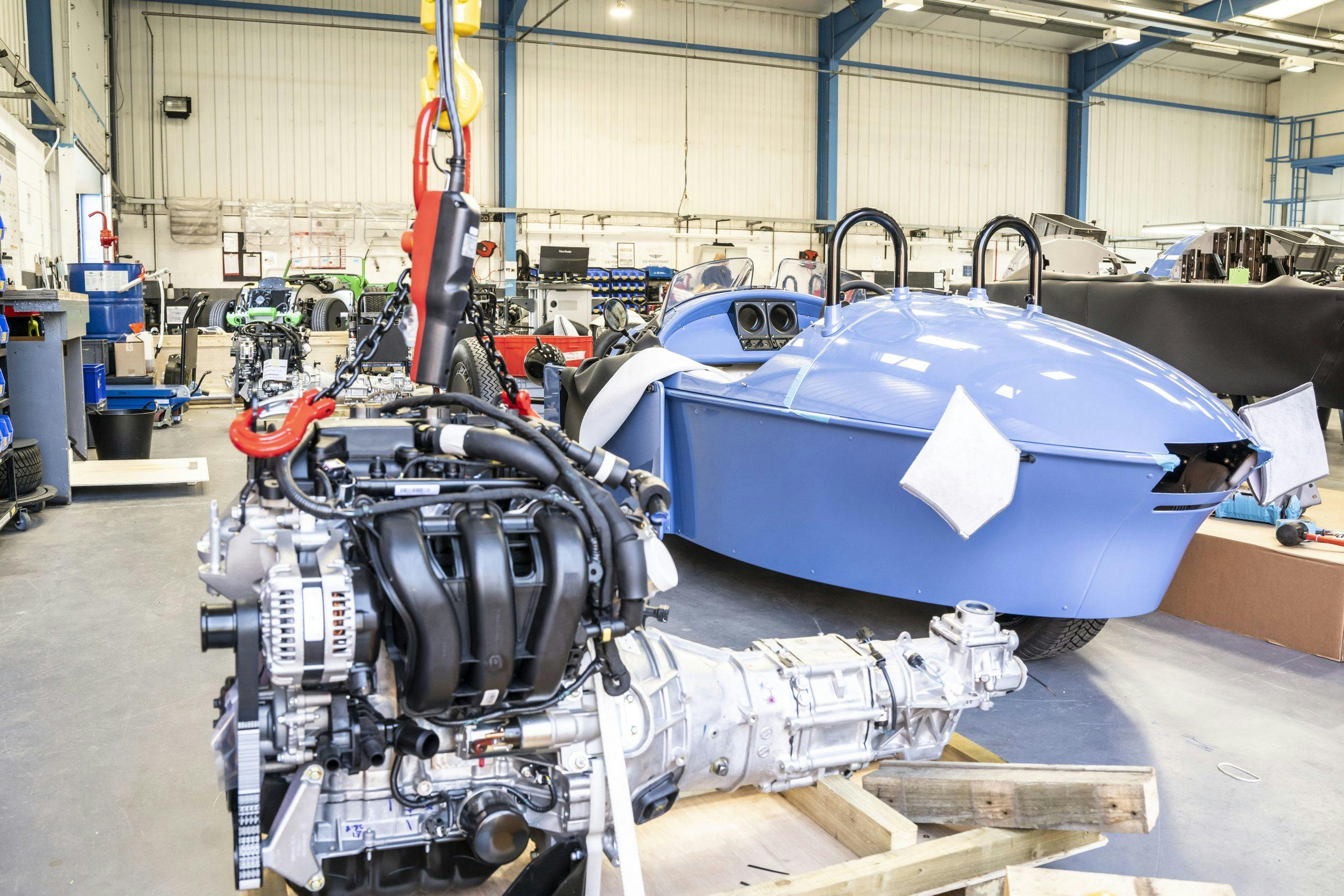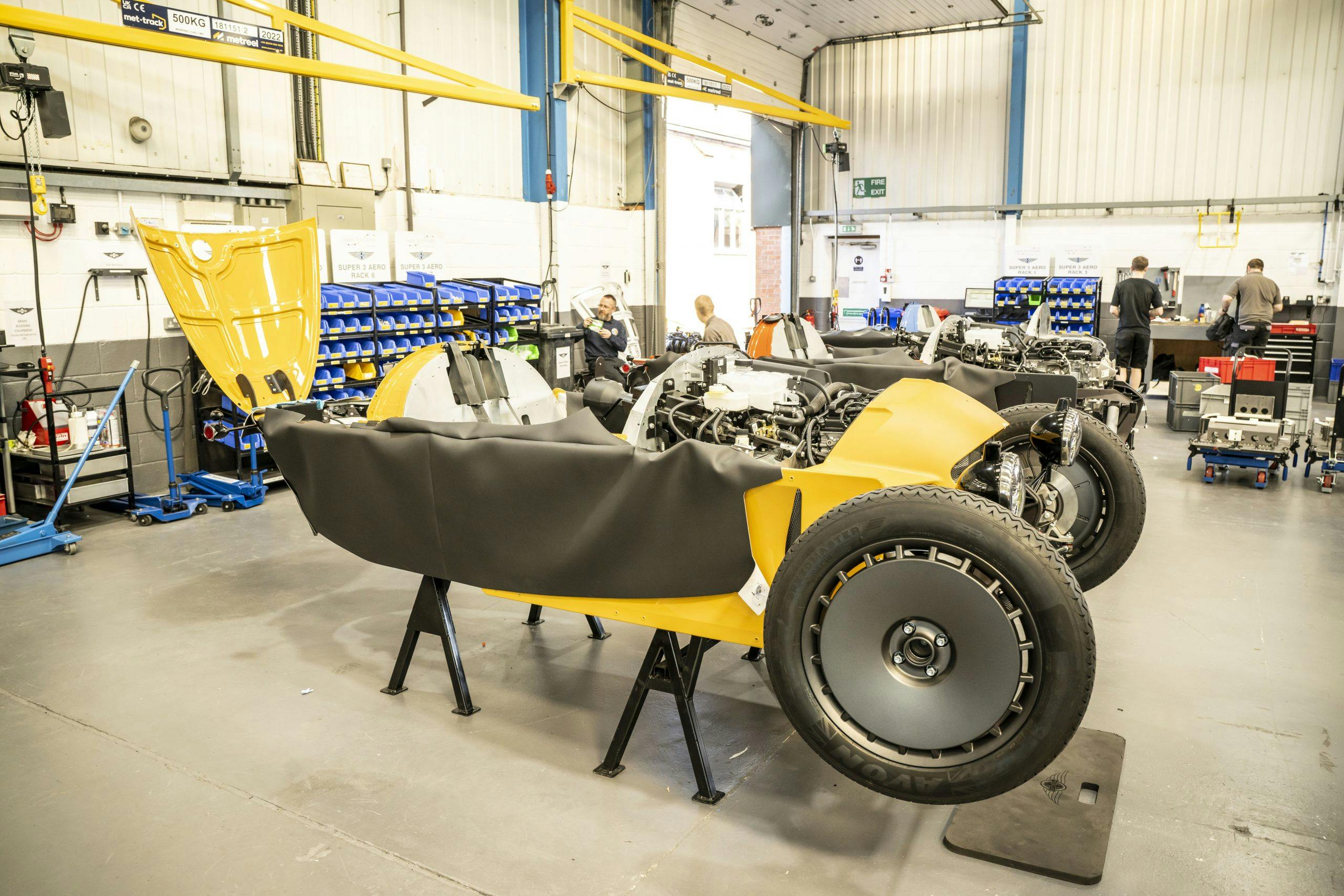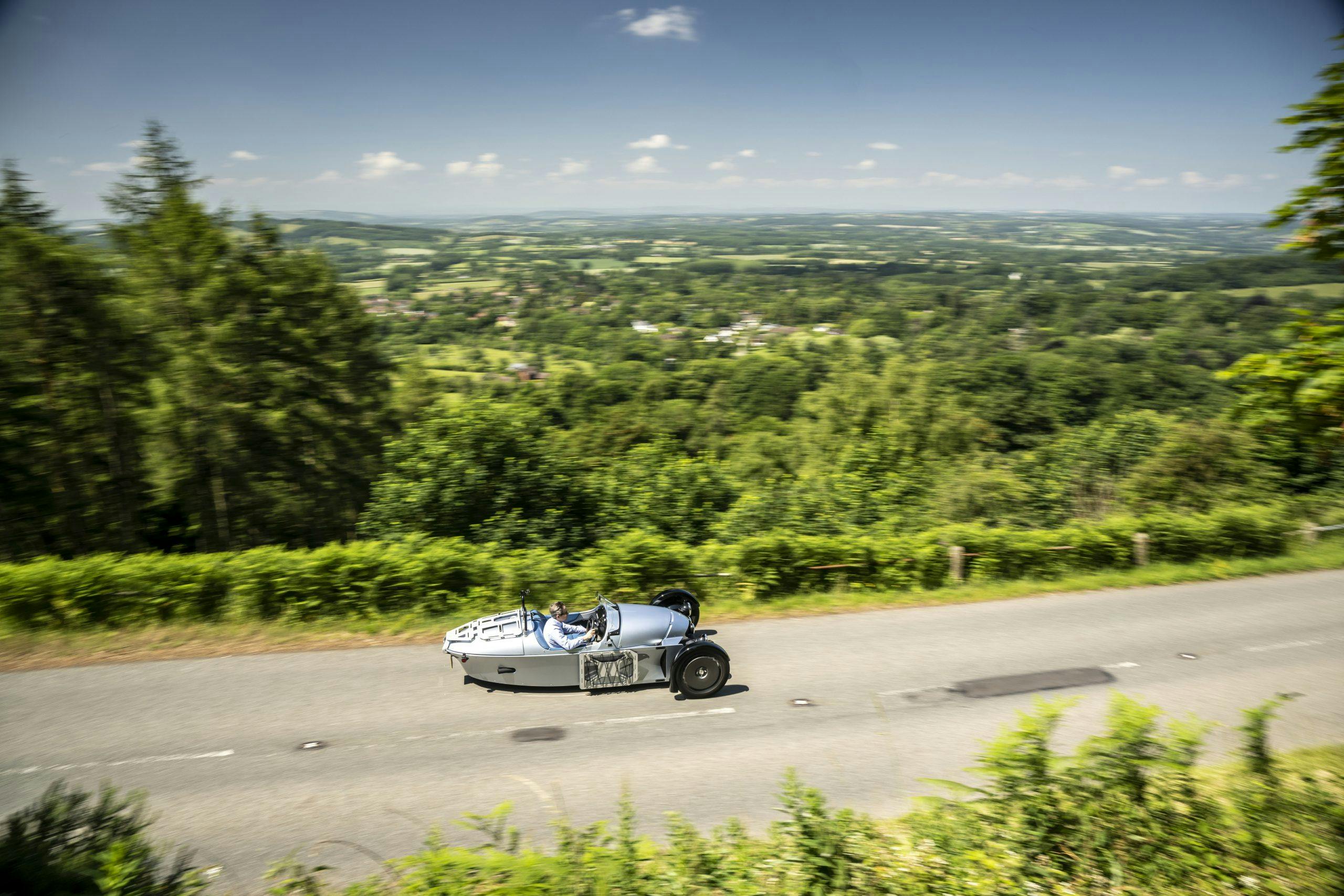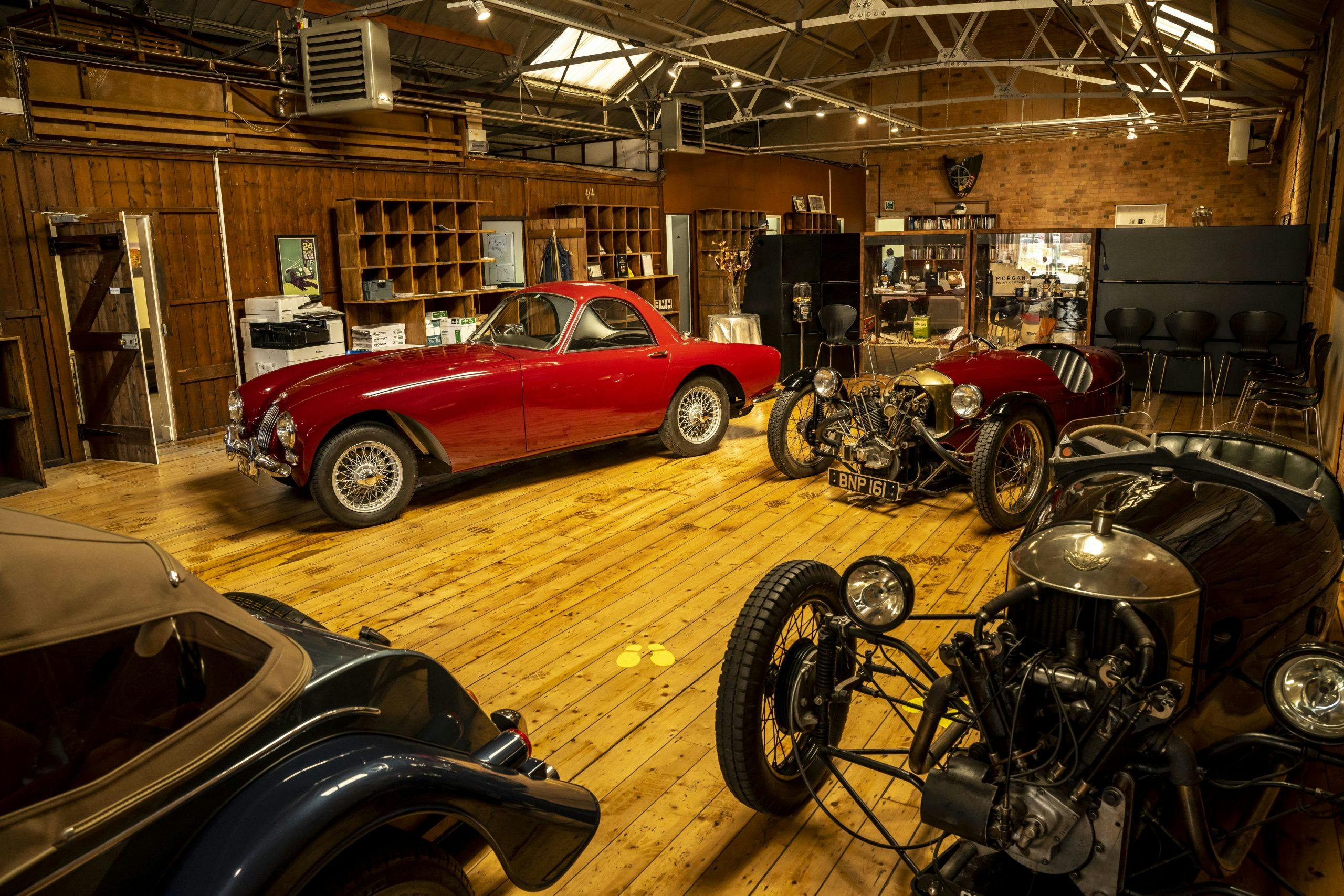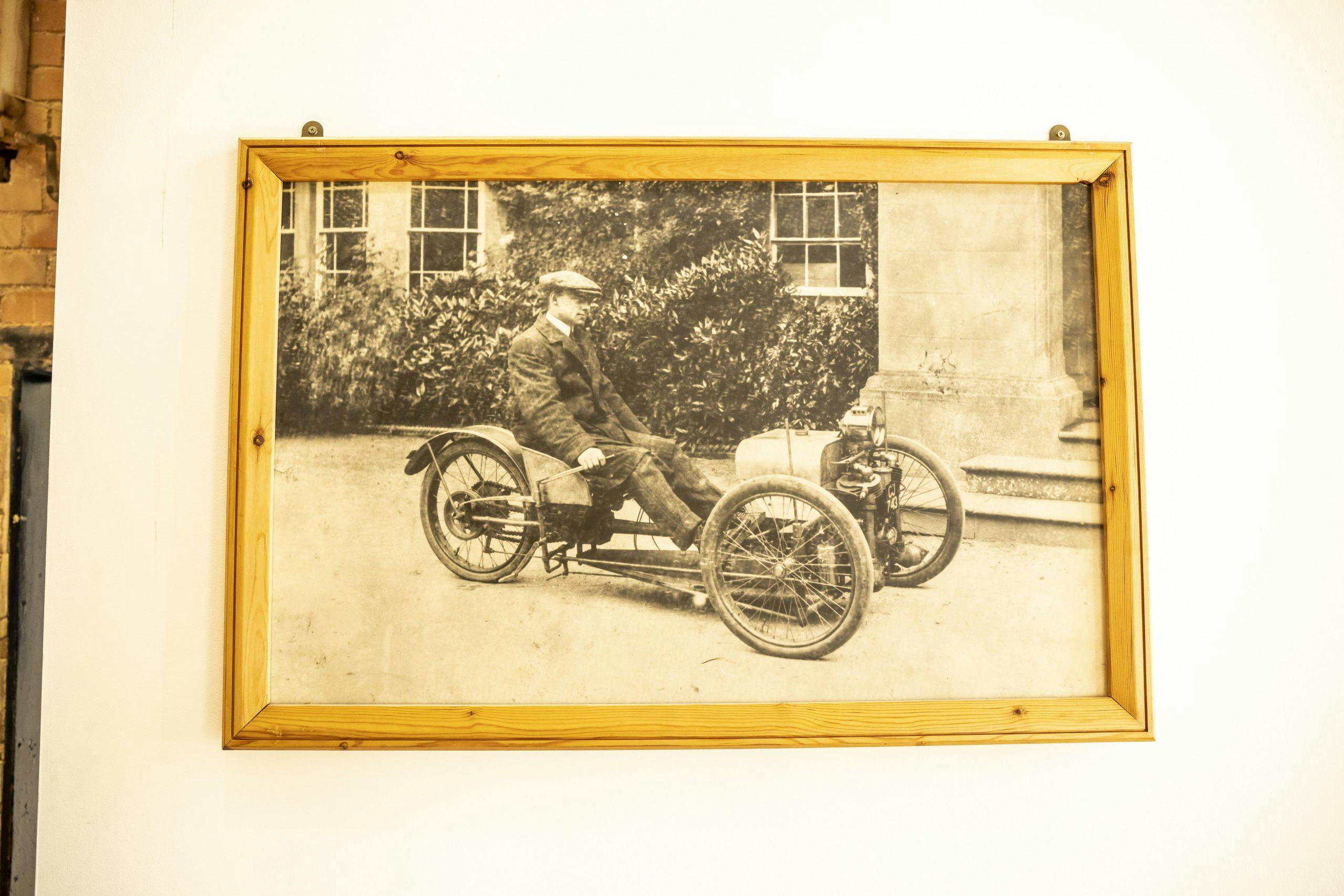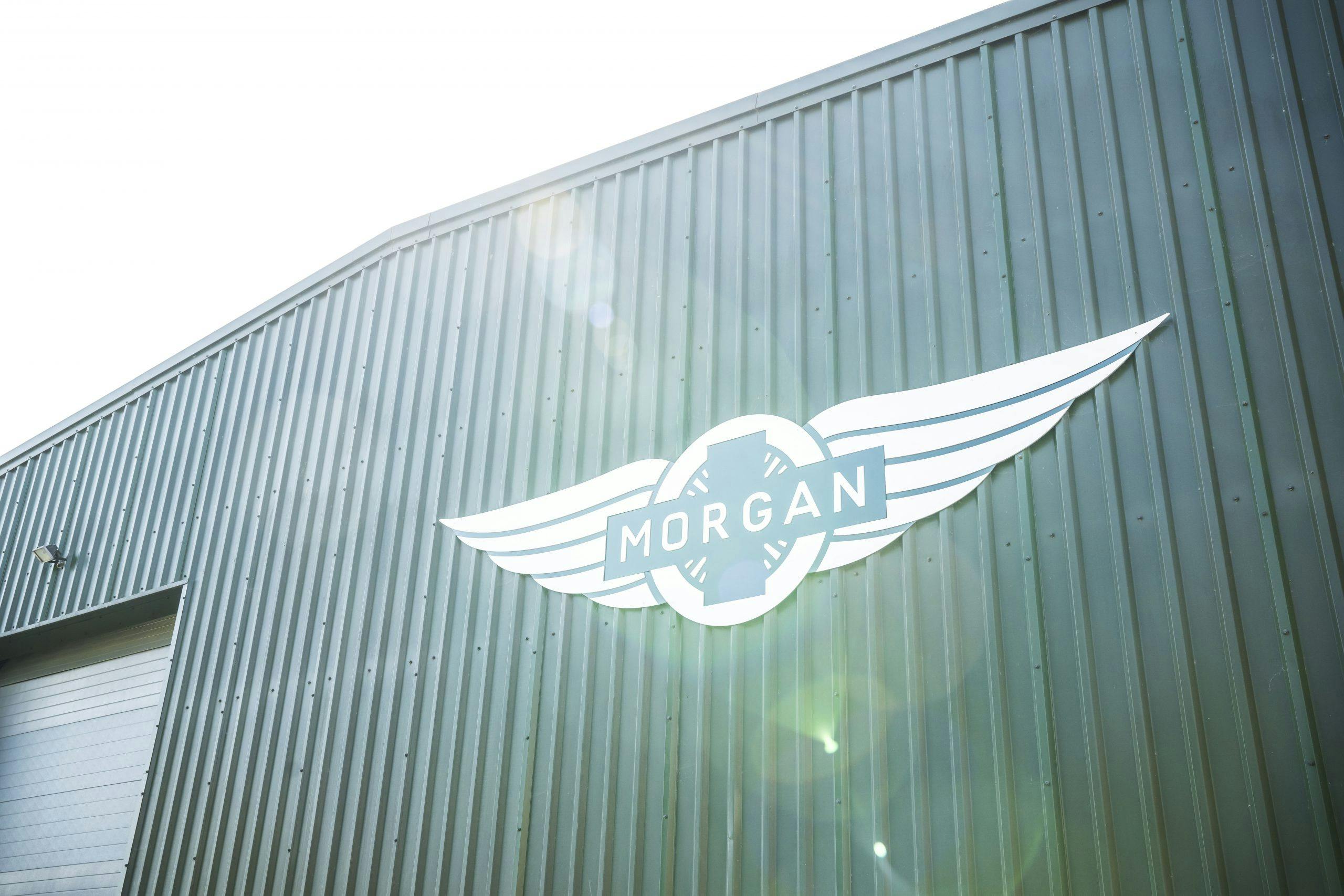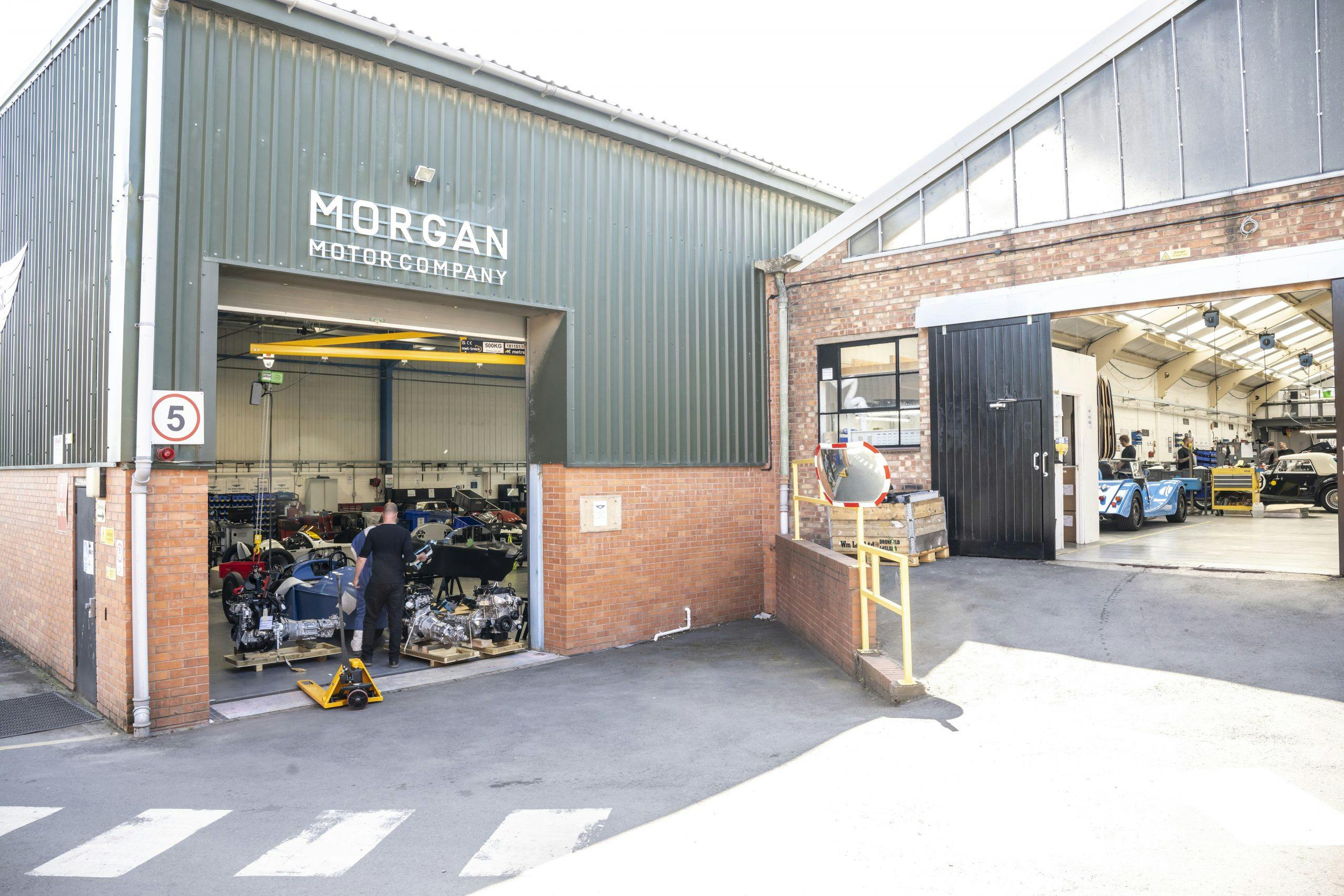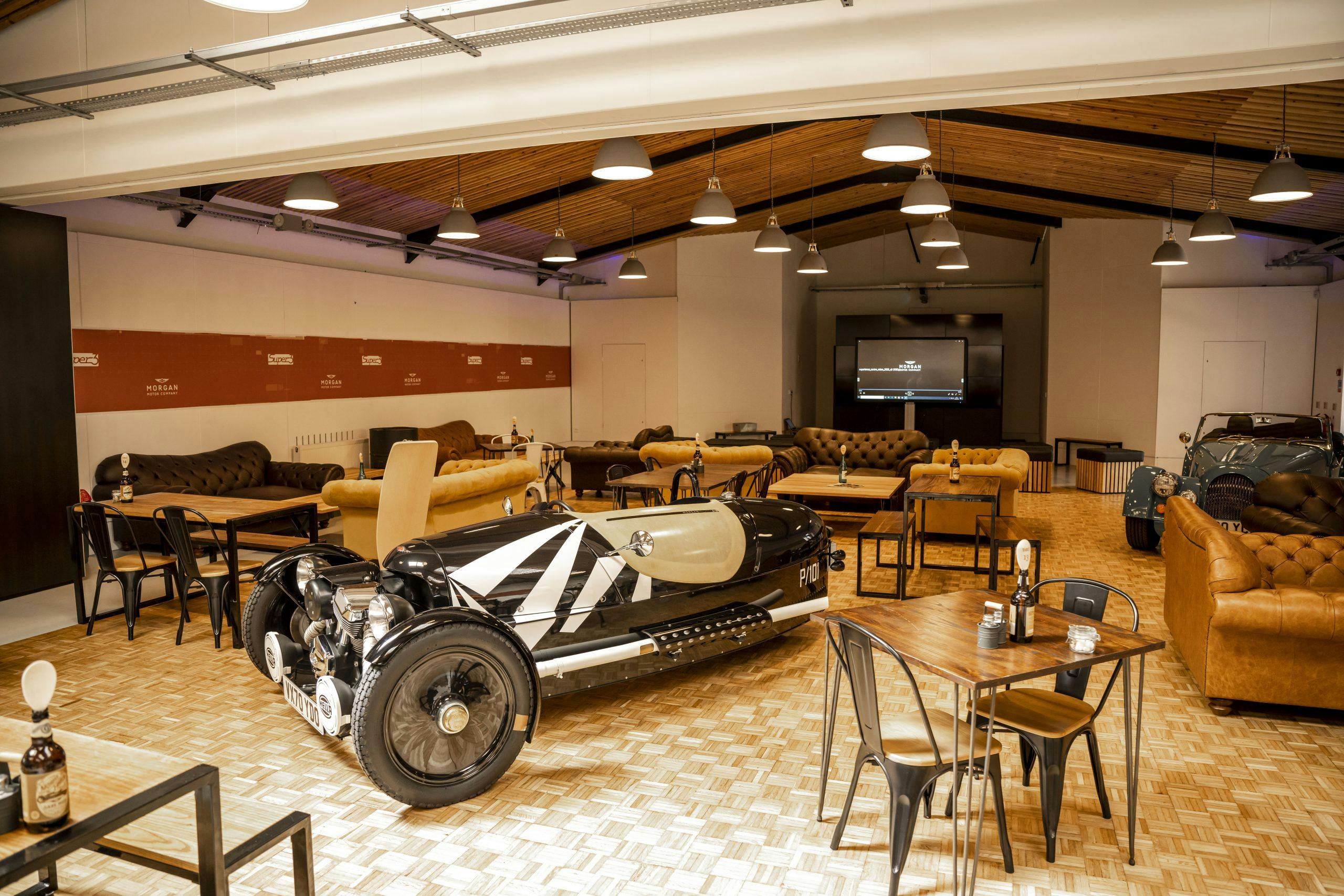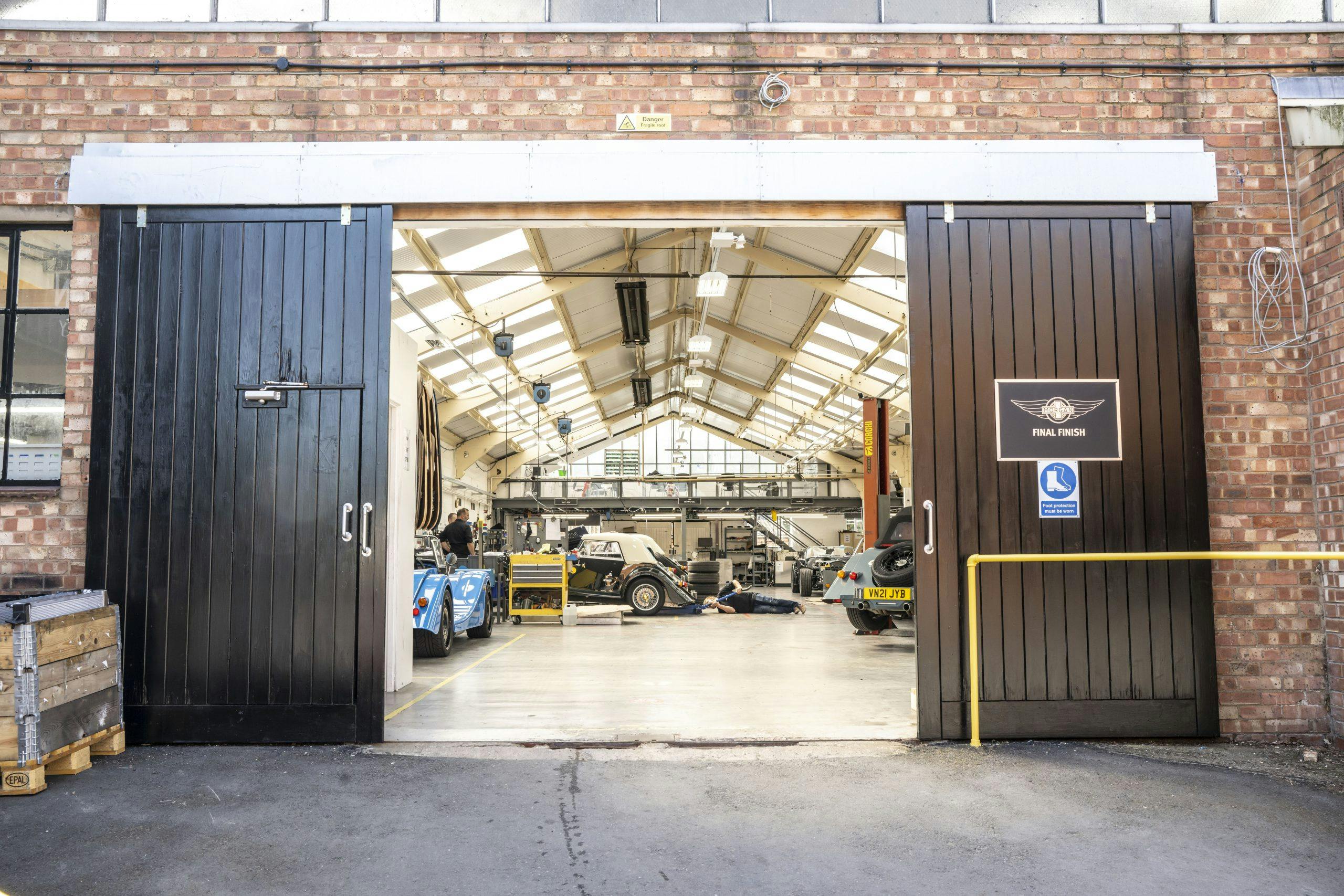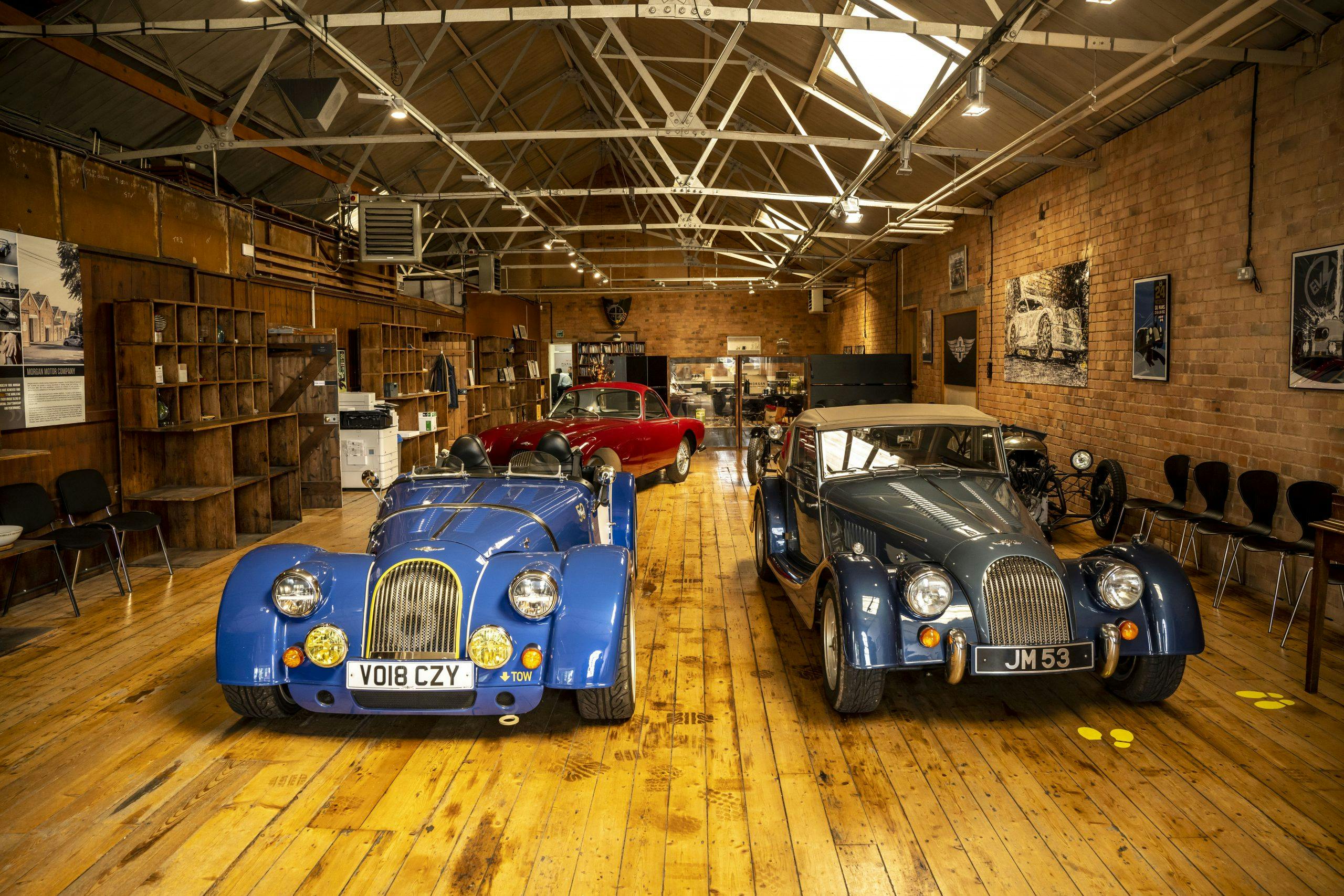Media | Articles
Morgan is modernizing—on its own terms
Take a walk through the 100-year-old brick sheds at Pickersleigh Road in Malvern, U.K., and, at first glance, little seems to have changed in a century of Morgan manufacturing. In the woodshop, planks of locally-sourced ash are hand cut to form the frames to support aluminum bodywork. Panels are beaten into shape, in the building next door, by chaps with hammers.
Look closer, though, and you’ll notice there’s been something of a technological coup.
As recently as 1990, the Morgan Motor Company didn’t even own a computer. The company was famously frightened of progress. At the time, father and son owners Peter and Charles Morgan invited industrialist Sir John Harvey Jones to help reduce their ten-year (!) waiting list and improve profitability. Closely documented by the crew of BBC documentary Troubleshooter, the Morgans rejected Jones’ advice so they could carry on as they always had.
Charles made piecemeal progress, to be fair, increasing production and overseeing the introduction of such marvelous Morgans as the 3 Wheeler and the Aero 8, before his departure from the company in 2013. However, it is only really since Italian investment group Investindustrial took majority ownership in 2019 that a quiet revolution has transformed the boutique British car maker.
This change is not, of course, about the way Morgan motor cars look. The styling of today’s Plus Four and Plus Six are as reassuringly familiar as always. In fact the rear wing frames are still formed in the same chunky wooden mould that’s been used for the last 70 years. The cars’ long and shapely hoods continue to be gently shaped by hand, and each body panel is applied to each car individually by one craftsman.
Marketplace
Buy and sell classics with confidence
What has changed significantly is the chassis to which the bodies are mounted. Instead of the basic steel ladder frame which dated back to 1936 all Morgans are now built on a bonded aluminum tub that comes in as a complete unit from Superform in nearby Worcester. Superform also makes the front wings for four-wheelers and all the body panels for the new Super 3, the replacement for the 3 Wheeler.

Crucially, this means that the bodies can be built separately for the first time, explains PR Manager James Gilbert.
“The problem that we would come up against was that we’d build the platform, build the body on top of it and then go and paint the body,” says Gilbert. “When the body was being painted, you would just have platform sat around needlessly. What happens now is, your car will start in the woodshop where the wooden frame gets made, it then gets paneled, fitted up with its wings, and bonnet (hood).
“At the point when it goes to get painted we start building the chassis, so when the car has been painted, the chassis is built just in time for the marriage to happen. Before we could never build the body panels off the chassis, because each one was just so different, we had to build the car as a whole. We were used to it, but in modern manufacturing it’s just such an alien idea.”
It still takes around 150 hours to build each car, but the process is more efficient, and, of course, the car itself is far more sophisticated. Turbocharged BMW four- and six-cylinder engines are smooth, powerful, reliable, and automatic transmissions with shift paddles are proving appealing, with 60 percent of buyers opting for two pedals rather than three.
Then there’s the new Super 3. With 500 of these new-era three-wheelers ordered before it had even been launched, the Super 3 is set to become Morgan’s best-selling model. And quite the game changer—it’s the first Morgan in more than a century to be built without an ash frame. The chassis and bodywork comes in from Superform and Morgan’s craftsmen assemble the Super 3s in one shed, each taking around a week to build. Sounds of sawing and hammering are nowhere to be heard.
Morgan says it will be able to build 400 Super 3s per year in this fashion, compared to 350 Plus Fours and 250 Plus Sixes with its traditional body-on-frame designs—which, don’t worry, will remain a staple for four-wheeled Morgans long into the future.
“The frames are designed in CAD, but they’re still made by hand. You’ve got this wonderful mix of craftsmanship and technology, using the same processes that the generations have used before,” adds Gilbert.
It’s no secret that Morgan will soon be electrifying its line-up. The wonderful, steampunk-styled EV3 concept demonstrated the company’s vision for a three-wheeled electric sportster. It came close to production but was ultimately shelved. The Super 3 has been designed from the outset to take an electric powertrain, but, says Gilbert, we may see a different Morgan EV before that arrives. He doesn’t give anything else away.
In the meantime we can expect more special projects as Morgan works closely with customers to create short-run and one-off models such as the off-road CX-T, the LM62 or the Plus 8 GTR.
Skunkworks aside, the Morgan factory is open to the public. Some 30,000 people take tours every year, guided by former workers or enthusiastic owners. There’s a wonderful museum inside that charts over a century of history, plus a café that hosts regular cars-and-coffee events.
For a company that once seemed willfully stuck in the past, Morgan is welcoming the future. In its own way, of course. Here’s to another 100 years.

